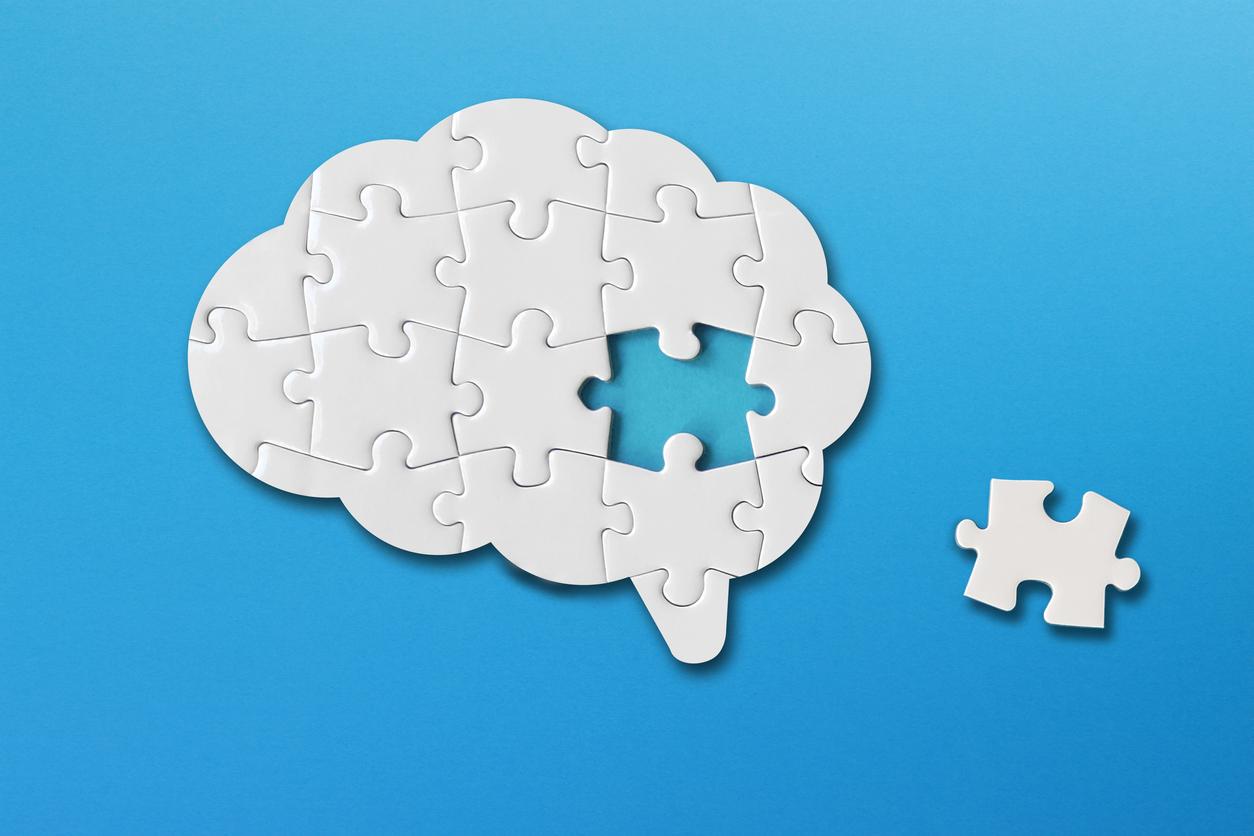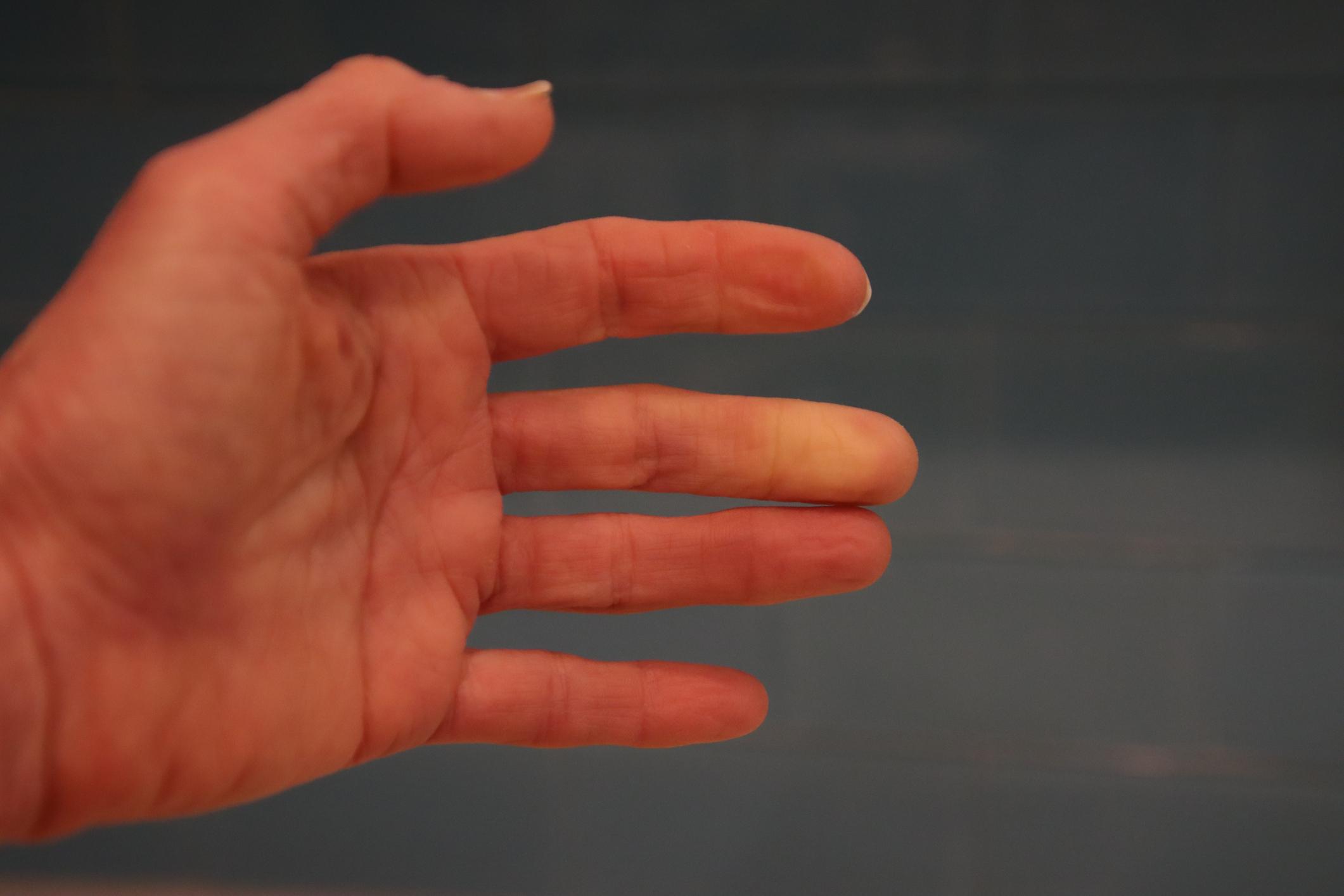
Extreme, impulsive and black and white
Everything in life does not come naturally to anyone. Everyone has to deal with setbacks or a big fight. Some people have to deal with changes, failures and fierce conflicts more often. They start something impulsively and full of enthusiasm, but after a few months the situation has completely changed. People who keep getting stuck in their chaotic lives may have borderline.
Borderline, also called emotion regulation disorder, falls under one of the ten personality disorders. A personality disorder is when someone suffers or is harmed by a long-term pattern of behavior and thoughts. People with borderline are often unable to deal with emotions and feelings in the right way.
Borderline
The term borderline originated in the early 20th century. At the time, psychologists and psychiatrists were unable to properly interpret certain psychological symptoms and therefore placed the disorder in the borderline area of the psychosis and neurosis. About 150,000 to 250,000 people in the Netherlands have a borderline disorder. The diagnosis is more often made in women than in men.
Recognise
It is not always easy to recognize borderline. Borderline is characterized by instability and many and abrupt changes in feelings, moods, relationships, self-image and behavior. People with borderline often can’t keep pace. They are madly in love one month and not at all the next. Or they throw themselves enthusiastically into a new study program only to stop again a few weeks later.
If someone has more than one of the following symptoms, they may have BPD:
- impulsive mood swings
- thinking in black and white
- extreme fear of being abandoned
- intentional self-injury (self mutilation)
- identity problems (low self-confidence, negative self-image)
- dissociative phenomena (moments of alienation)
- psychotic symptoms (suspicion, hearing voices)
Hidden
People with borderline can appear very successful, attractive, and sociable because of the spontaneity and ease with which they connect. As a result, it is often impossible to see from the outside how much someone with BPD suffers from within. Fear, loneliness and insecurity often remain hidden.
In addition, the disorder is often accompanied by other psychological problems such as: depressionanxiety disorders, eating disorders, post-traumatic stress or drug or alcohol addiction. The diagnosis of borderline is then less likely to be made. The extent to which people suffer from BPD also varies widely. One person is very expressive and impulsive, while another is introverted and depressed.
Finally, borderline often manifests itself between the ages of 17 and 25. Rapid changes and intense emotions are part of this age phase. It is less noticeable during this period that people with borderline have great difficulty building stable relationships and building an independent life.
Causes
Little can be said about the causes of borderline. It seems to be a combination of biological, psychological and social factors. Heredity plays an important role. Impulsive behaviour, intense emotions and mood swings may be present. Dramatic experiences and feelings of insecurity in childhood can make it difficult for someone to trust others. The feelings of insecurity can have an identifiable cause, but this does not have to be.
Course
In many people with borderline, the symptoms gradually diminish after their thirties or forties. Personal relationships stabilize and general functioning often improves, also through treatment. Many patients even lose the diagnosis. After three years, about 60 percent of patients still have borderline. After 15 years this is 25 percent. About one in 10 people with borderline die by suicide.















